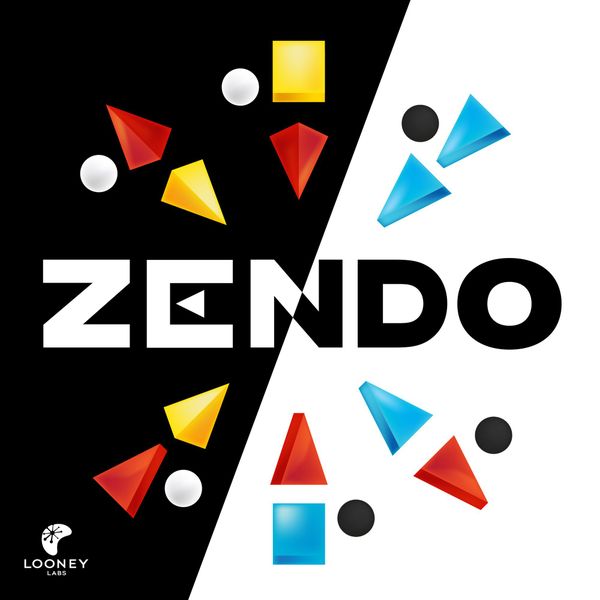Zendo (2001) Board Game
Zendo is an abstract strategy board game that was first released in in 2001. It was designed by Alexander Bradley and Eileen Tjan and published by Looney Labs. The game revolves around players trying to deduce the secret rule that determines the construction of various structures using colorful plastic pieces. With a runtime of 15 to 60 minutes, Zendo is suitable for players aged 12 and above.
Game Components of Zendo
How To Setup Zendo
To set up Zendo, start by laying out all the plastic pieces within reach of all players, keeping the shapes and colors separated. Choose a player to be the Moderator, who selects a random rule card and examines it, making any necessary selections. The Moderator then builds two initial structures: one that follows the rule and one that does not. Players each take a black and white disc, and the Moderator takes the rest of these discs along with the green cubes.
Gameplay Mechanics and Game Objective
Player Experience
Playing Zendo is akin to solving an interactive puzzle. Players must use inductive reasoning to narrow down the possibilities and guess the rule. The game is highly educational, teaching valuable skills in logical reasoning and the scientific method. While it can be played competitively, many players enjoy it as a collaborative, social induction game where they discuss and share theories to figure out the rule together. The game’s short playtime and varied rule cards ensure a high replay value, though some may find it more engaging as a brain teaser than a traditional game.
Pros
Cons
Personal Thoughts on Zendo
Zendo is ideal for those who enjoy logic puzzles, inductive reasoning, and educational games. It is a great tool for teaching students the scientific method and logical thinking. While it may not appeal to everyone, especially those seeking more action-oriented games, it is a unique and intellectually stimulating experience. For players who enjoy games like Mastermind or other deduction games, Zendo offers a fresh and challenging twist. However, for those looking for a more dynamic or competitive game, Zendo might fall short.
We are supported by our audience. When you purchase through links on our site, we may earn an affiliate commission, at no extra cost for you. Learn more.

